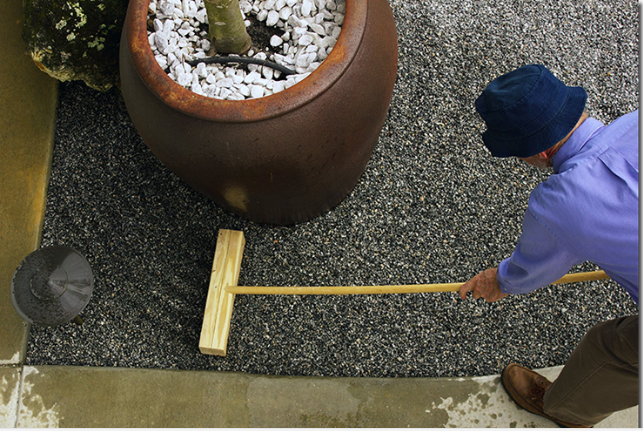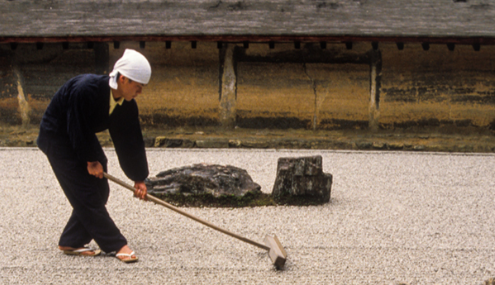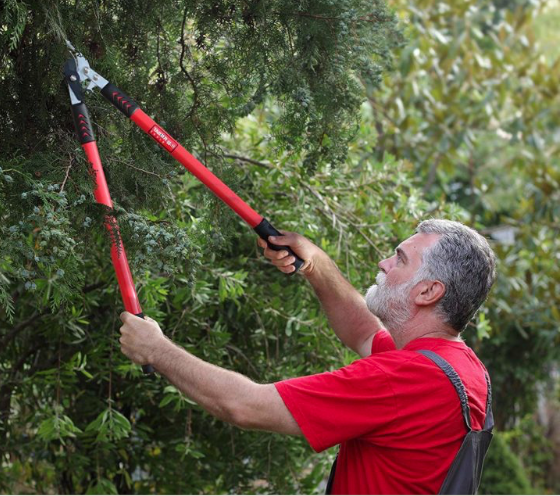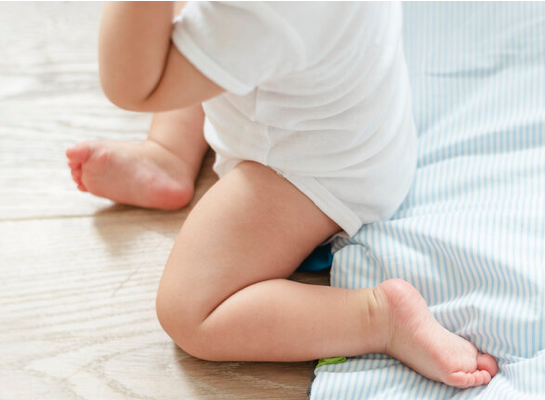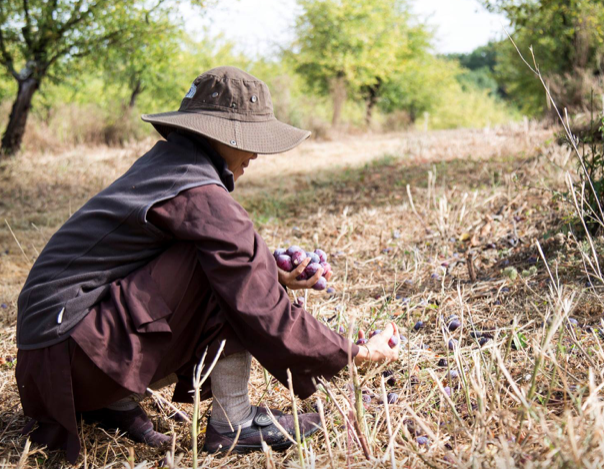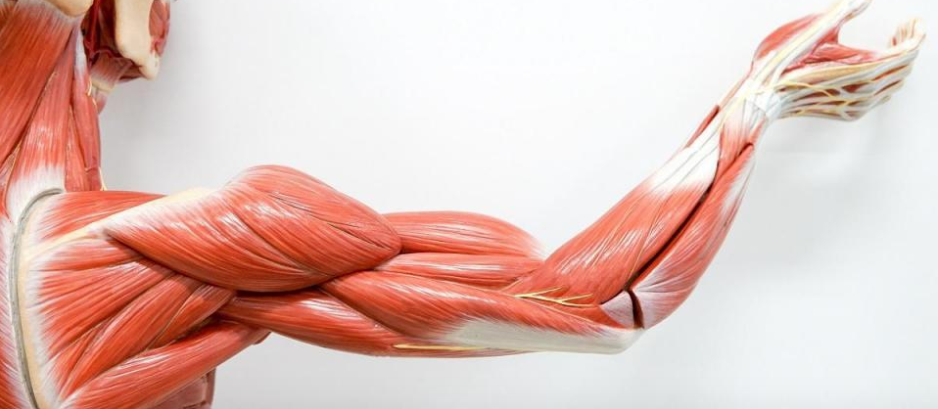full body gardening - spring
Improve your garden tool-using efficiency and build better awareness body-wide:
Raking - diagonals
Digging - Side bending, ankles and glutes
Pruning - it’s a whole back operation, even the fine work
Planting - to the ground and up with arms free
Classic Awareness Through Movement® lessons explored through the lens of saving your back in the garden, and spreading the work out, full-body.
Lesson 1: Raking = Diagonals
Pulling from toe to tip to save a back
Variations on the “Minimal Lifting” lesson as taught by Arlyn Zones, GCFT®
Reach the arm and find the support in the opposite hip. Lift the knee and the opposite lower ab is there to support the floating torso.
Time spent exploring these geometric body relationships can help save your back in the garden. Your tool is the rake and the overall motion is pulling. The diagonals in question run from the front toe through to the opposite shoulder.
Monk Demonstrates Awareness of Diagonals as He Rakes Pebble Garden
source: https://priorworld.com
Set Up:
Seated on a flat-bottom, armless chair. Thighs and hips level. Use a folded blanket on the chair to raise the hips, on the floor to raise the feet.
If you want, have short broomstick or other stick-y thing to use as a rake
Full Body Gardening, Springtime 2: Digging
Pushing from ankle to ribs to save a back and dig deep
Variations on the “Half Ass (AY 308) Lesson
This is a return to the familiar “half ass” lesson, with a mission to fine-tune side bending. This time, the side bending is about opening and closing the spring of the ribs, using the power of the pelvis, the alignment of the spine and the flex of the ankle to drive a shovel into the soil.
Also applicable to any kind of weight-shifting activity: biking, walking, running, kicking, skiing on water or snow, paddling, swinging a stick at a ball, tap dancing, reaching for something just a bit too far away. The usual suspects.
Set Up:
Seated on a flat-bottom, armless chair. Thighs and hips level. Use a folded blanket on the chair to raise the hips, on the floor to raise the feet.
For a less demanding session - have a small towel or blanket folded to raise (one at a time) sit bone enough to create space for the other
Lesson 3 - Pruning
Using the whole back, from shoulder blades to pelvis to power and control your cuts
Variations on the “(Amherst) Fiddling Arms”
For pruning, the "Fiddling Arms" lesson is our source. The shoulder blades, back, and spine play gardening instruments: loppers, pruners, shearers, tree saws.
Lie on the side to give the 'top' shoulder and hip the freedom to glide forward and back, open and close. Change sides to balance out and then roll to your back. Grab an imaginary pruning tool - from lopper to snips - and feel how bringing the back, pelvis and feet into pruning makes you more powerful, accurate and safe.
Japanese gardener pruning. source: https://www.japanese-gardens-and-niwaki.com
Side-Lying Set Up:
Firm head support - a folded towel is good - so your chin and nose are level
If you back is tender, a spacer like a rolled towel or bolster between the knees can help
Full Body Gardening, Springtime 4 - From Standing to Planting
Changing elevation from standing to sitting with balance and ease; maintaining stamina when bending over to plant, weed, etc.
Variations on the “Four Points” Lesson
For ease in transitioning from standing to bending forward to side-sitting and back to standing, this lesson passes through familiar yoga poses: modified versions of forward bend and downward facing dog poses.
After experimenting with hands and feet on the ground (or the chair, yoga blocks), lifting the pelvis, relaxing the neck, and an easy swing of the leg brings you to side sitting. Swing back the other way to return to standing.
A long back and neck are good form for garden work.
Set Up for standing, sitting and side-sitting:
A firm-bottomed chair, no arms, where knees and hips are level
A low stool or yoga blocks if bending not happening today
A mat on the floor
Full Body Gardening, Springtime 5 - Soft Hand Weeding
Using the strength of your back to free up your hands
Variations on “Towards Human Hands” lesson from Anat Baniel
This is an odd, but interesting, way of connecting the shoulder blades (scapulae), the back and the hands.
Here, interlaced hands act as mirror images of the scapulae, resting on the front of the ribs with the heels of the hands magnetized/glued on the torso. Pushing the elbows forward connects the shoulder blades and hands, giving interesting feedback on how the shoulders move the hands while the hands stay soft. Magnetizing the wrists to the ribs brings attention to their back-bending abilities.
Monastic from Plum Village uses their whole back to collect plums
The lesson builds to adding the pelvis to the arm/shoulder relationship. Some students might pull off the grand finale of hooking the elbows around under knees with hands still magnetized to the front ribs. But that’s a big move and challenging. Fun for some, but hardly necessary to get the connections between hands, shoulders, torso and pelvis.
All this muscle to move the fingers….
Set Up:
A mat on the floor
OR A firm-bottomed chair, no arms, where knees and hips are level


